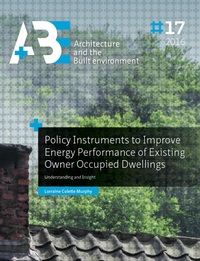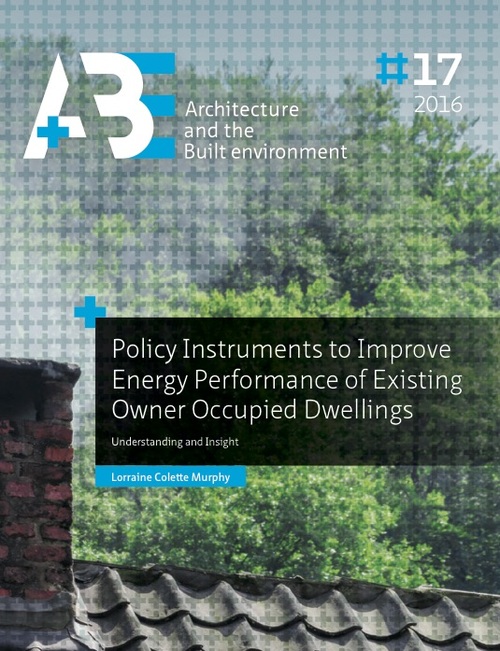29.95
3 - 5 Werkdagen
The aim of this thesis is to add knowledge to the role and impact of policy instruments in meeting energy performance ambition in the existing owner occupied housing stock. The focus was instruments available in the Netherlands in 2011 and 2012. These instruments represented the ‘on the ground’ efforts to meet climate change targets and many continue to do so today in the same or slightly altered forms. At international level there is a recognized need to keep global temperatures within the range of 1.5 - 2°C above pre-industrial levels (Carrington, 2016). At European level, the 2020 package contains a series of binding legislation to help the EU meet its more immediate climate and energy targets. 2020 targets include 20% reduction in greenhouse gas emission, 20% of EU energy obtained from renewable sources and 20% improvement in energy efficiency. 2020 targets for the Netherlands are a 20% reduction in greenhouse gas emissions and a 14% increase in energy generation from renewable sources (Vringer et al., 2014). A raft of policies has been produced over the last number of decades from international to local level to orientate action towards targets. At European level the Energy Performance of Buildings Directive (EPBD) drives efforts at reducing energy among one of the biggest players, the building sector. By requiring a mandatory certificate at the point of sale and rent of buildings and making regulatory demands on existing buildings the EPBD upped the ante of what could be expected from the building sector, but especially the existing dwelling stock.

- : Lorraine Colette Murphy
- : BK Books
- : 9789492516183
- : Engels
- : Paperback
- : 240
- : november 2016
- : 450
- : 215 x 140 x 27 mm.
